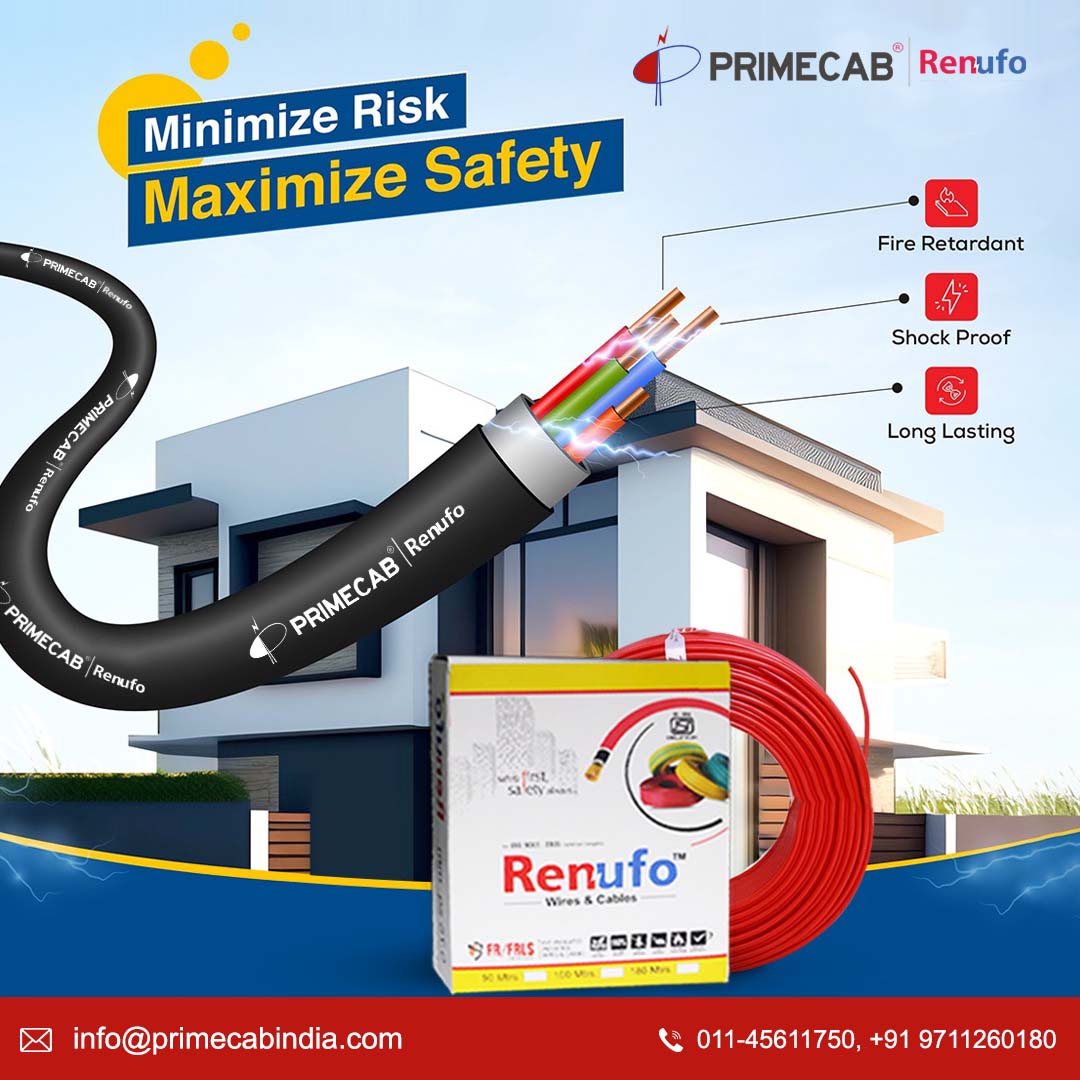What Is The Manufacturing Process Of Cables And Wires?
We know that electrical wires and cables carry current from one element to another. They are the conductor through which electricity flows. These conductors are manufactured using copper and aluminum. Copper is considered a better option than aluminum because it has the quality to conduct electricity with high flexibility and very little resistance. Have you ever wondered how cables and wires are manufactured? There are several stages through which materials have to pass to produce cable and wires. All these steps are followed to determine the quality of the wire and match the industry standard.
Let’s explore the manufacturing process of cables and wires.
#1. Crushing and Grinding
The metals like Copper and Aluminum are crushed at the first step to manufacture wires. The process of crushing and grinding is done in large machines. With this process, the squandered material is removed and the metal is extracted.
#2. Drawing
Drawing wire is the next step in the manufacturing process. Material is drawn to produce different gauge wires. In this process, engineers use many days to reduce the copper size. They also use copper wire drawing lubricants for increasing the life of the day. After the successful process of wire drawing, the wire becomes thin and malleable.
#3. Heating
Heat treatment is called annealing. In general, annealing is a procedure that allows metals to cool slowly and remove internal stresses and toughen the metal. When it comes to manufacturing wires and cables, the wires are softened by undergoing heat treatment. Tremendous pressure is applied to a metal rod to form a thinner wire. The goal of heating annealing is to avoid oxidation of the cable.
#4. Insulation
Cables contain many different wires that are wrapped together in an insulator. These cables are insulated with different synthetic materials. Insulation prevents current leakage. Some cables may require additional elements to improve protection. Engineers consider the quality of insulation materials based on capacity and heat resistance. They can use different insulation materials depending on the features of cables required.
#5. Twisting and Stranding
Please note that multiple wires often get strand to produce enhanced flexibility and electrical performance in comparison to a single wire. Manufacturers use some kinds of operators to carry out this process with efficiency.
#6. Extrusion
Basically, extrusion is a method in which materials undergo a plastic deformation process by applying a force and letting material flow through a die or orifice. In this step, engineers let the wire pass through an extruder, where the coating of plastic or other insulating material is applied.
#7. Cabling
The above steps help in preparing the basic component of the cable. Different wires are assembled and jacket together in one cable. The process is performed in a cabin station.
This is a general manufacturing process. It can be different depending on manufacturing companies and the technologies used by them. To know more about the cable manufacturing process, let’s initiate a quick talk on this number:
+91 (11) 27318598.






